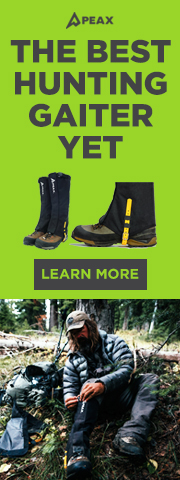Hard Knocks
New member
- Sep 16, 2013
- 9
In preparation for my first elk hunt (archery) in 2014,I have been doing a ton of research.I understand the concept of thermals rising in the a.m,and falling later in the eve.My question is,If I am above them in the early morning,while the thermals are still falling,how do I prevent them from winding me?



